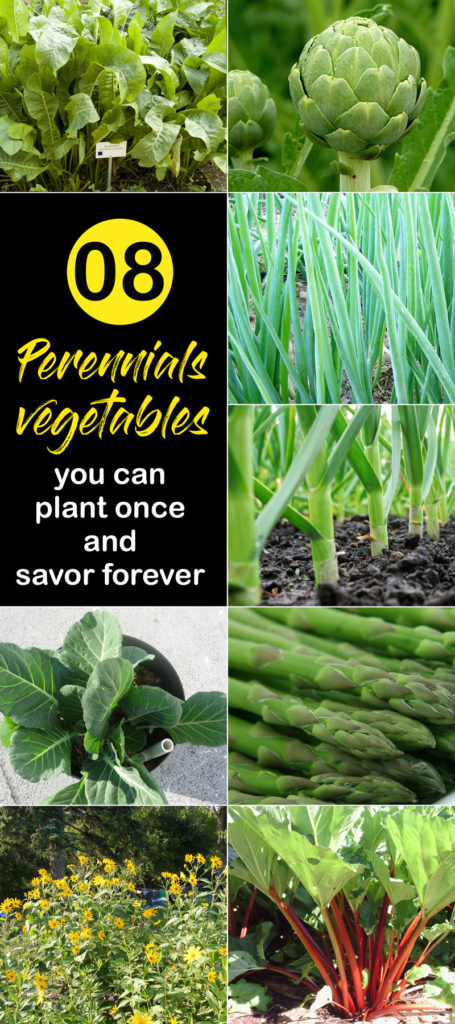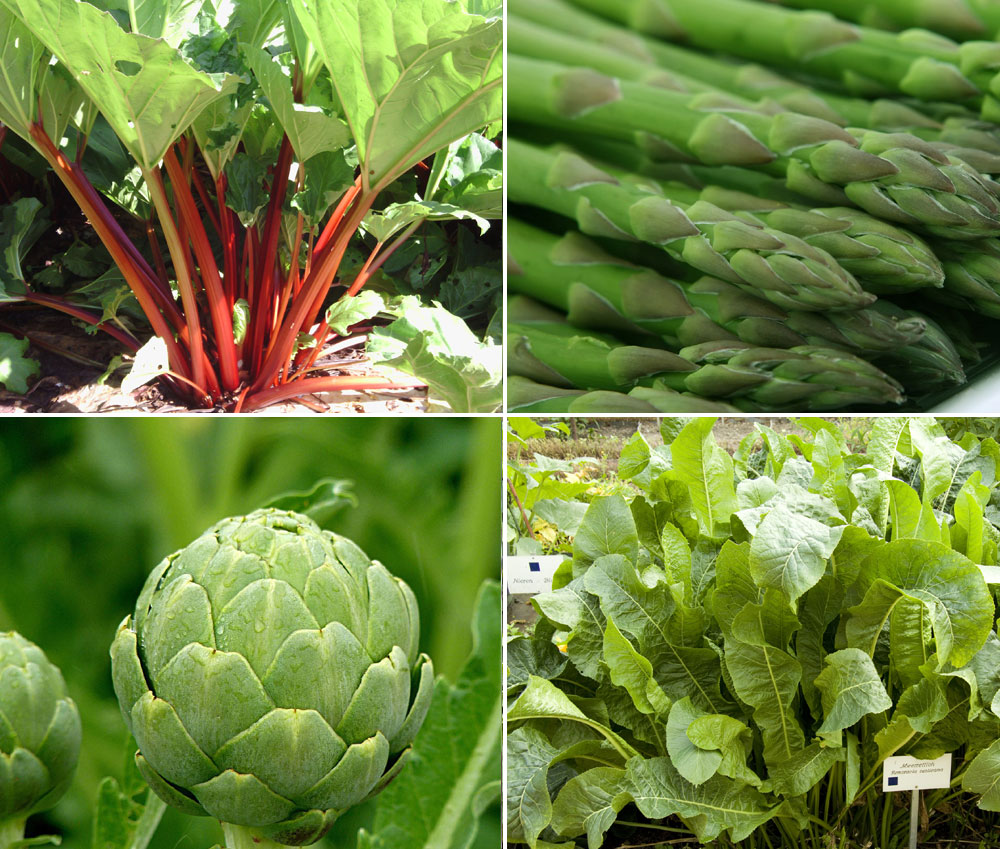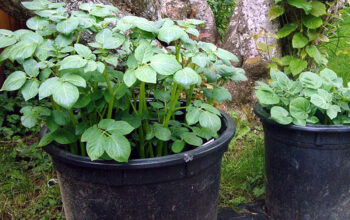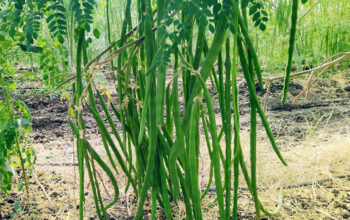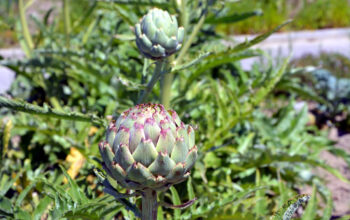Perennials vegetable
Learn How to Grow Perennials Vegetable, its care in this article. Perennial are those vegetables that you plant throughout the year. Perennial crops are cultivated in more temperate and tropical areas mostly. Anyway, these amazing foods should not be ignored, perennial vegetables should be widely involved in your diet because these vegetables can be grown more nutritious and easier. These types of vegetables do not depend much on water and other sources.
This is very good for those gardeners who lack the time for garden planning and planting. The perennial vegetable can be a better option for their lifestyle. However, for some better results, you need planning. This type of plant requires a sunny place and well-drained soil site, by which a healthy bed can be prepared for plants. When preparing a vegetable bed, keep in mind that the vegetable you want to plant should be well served in a sunny place. Make the choice of soil so that the water becomes completely drained. Perennial plants take some time to fully mature, but you still got your harvest at the time. Nature Bring is introducing you to some similar perennial vegetables.
Low maintenance in Perennial Vegetables
Imagine growing perennial vegetable, which requires frequent pruning, and care, compared to Perennial Vegetables producing abundant, nutritious crops throughout the season without annual tilling and planting. These crops produce the expected crop once they have grown in the proper place and climate. Establishments crop are more resistant to insects, diseases, drought, and weeds than other vegetables. In fact, some Perennial Vegetables are such that the need to constantly prune, so that the surrounding weeds save themselves. Because of which it grows easily and gives a high yield.
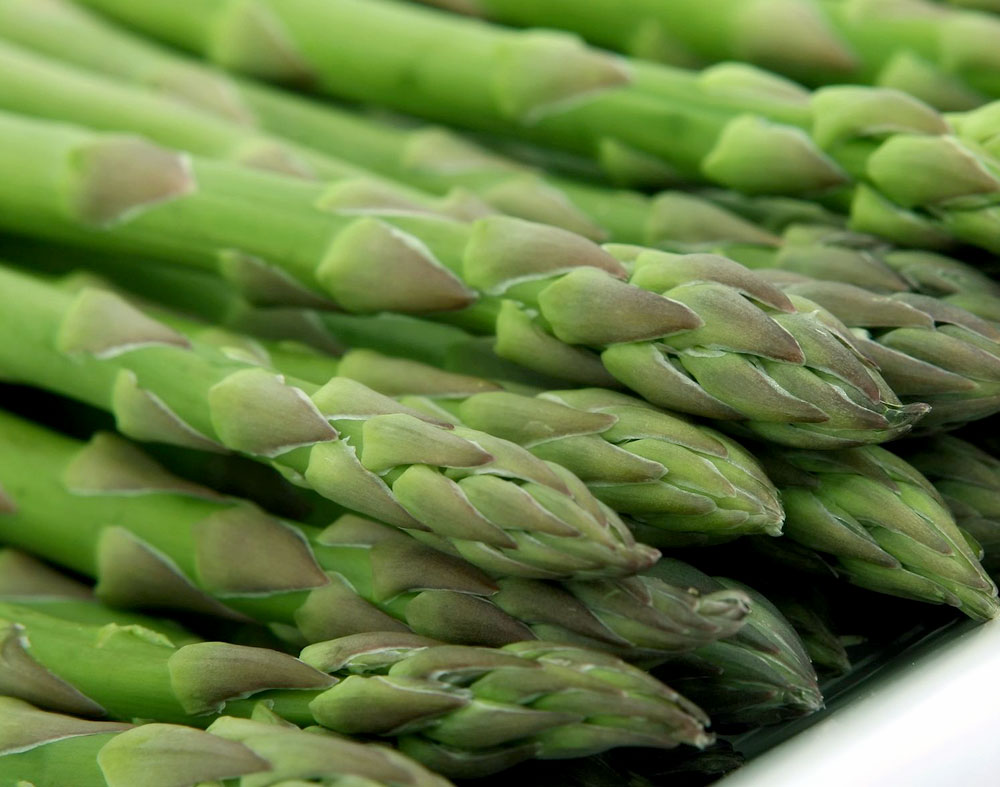
1. Asparagus
The seed starts this perennial vegetable. But you can produce a crown for a seedling or to speed up the growing process. The planting crown accelerates the crop at least until the first year. It is well developed in complete sunlight. This can be planted early in the spring as soon as the soil starts working. Asparagus does not like to wet their feet, so your bed should be such that there is good drainage. Its plants can be planted with a crown of 1 year. Read more.

2. Artichoke
Artichokes are a delicious flower, their plant height can be up to about 6 feet. This plant actually produces a large bud with a small bud. Artichokes are a perennial vegetable and live for 6 years in the areas of light winter. Gardner in the northern areas can also start early in the house and harvest in fall. It is grown for trade in the coastal areas of northern California. They are well-developed by well-drained soil and regular weeds. Read more.
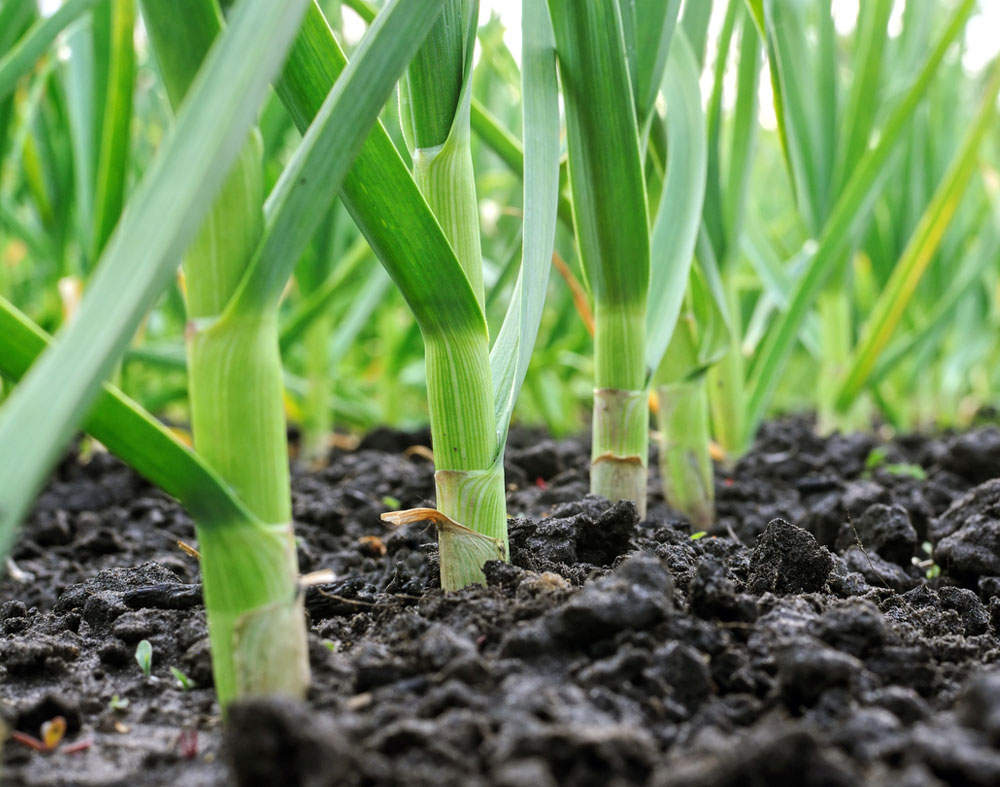
3. Garlic
Each one will become grow of the garlic perennial vegetable. You need some organic garden soil in a large container that has drainage. And pour the potting mix in it. Then you make a hole in the potting soil by finger, which is approximately 2 inches depth. Then, place the healthy garlic clove pointy-side up in the hole. Cover it. When you plant them, then Spring Water regularly, but don’t over water. After a week you will have some sprouting. This harvest requires some observation. When the garlic is ready to bulb when the green tops fall over and the bottom leaves turn brown. At this point, the garlic needs to dry out and not be watered. I leave it in the container for a week or two. Approximately 8 hours of sunlight per day are necessary for garlic plant. Read more.
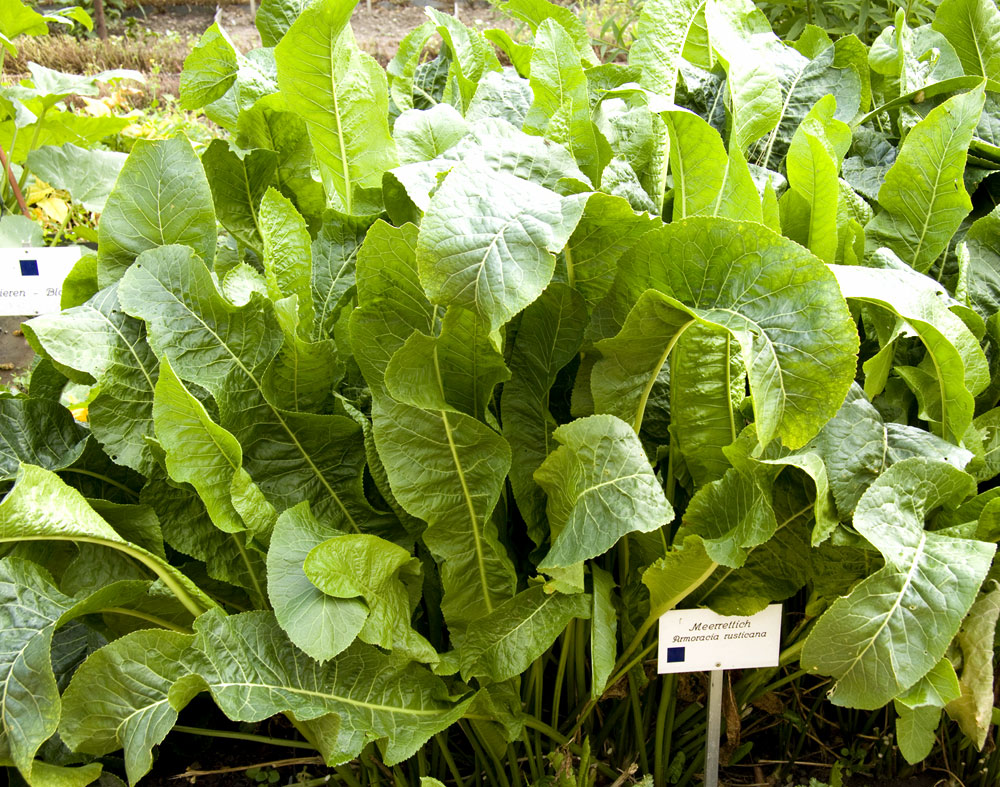
4. Horseradish
This is a perennial vegetable. Horseradish is a member of the family of mustard. Its leaves are used for eating and its pungent roots are used as herbs and spices. It is grown from the root partition and becomes invasive, so most Gardner likes to put it in the container. There are many medicinal uses for horseradish.
There are many pharmacological uses of horseradish. In the growing season, horseradish generates the yield of tap roots. Harvest it in the fall, but only select the roots of the edge. To plant in the spring, cut its roots in October – November. Keep in mind that if you are growing it as a perennial vegetable, then harvest all the roots you need and leave it on some ground.
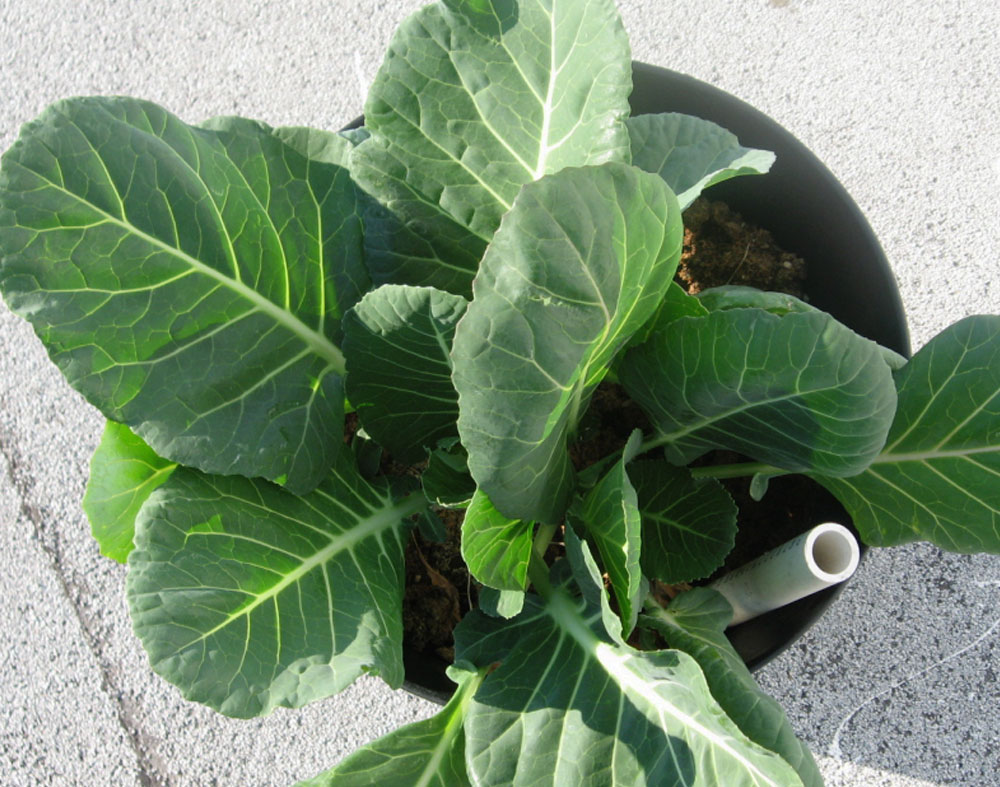
5. Kale and collard greens
Kale is a Hardy cool season crop that is a part of the Cauliflower family. This perennial vegetable grows in most spring and fall. People use blacks for salads or garnishes. It also has many health benefits. Kale is rich in minerals and vitamins A and C. Kale can grow any time from early spring to early summer. If you apply late summer, then you can harvest it in the fall, till the ground does not freeze in the winter. Well-drained and light soil is best for this. Place its seeds of 1/2 to 1/4 in depth. Its plants require water on a regular basis. When the leaves of kale become equal to the hand, then it is ready for harvesting.
In fact, Collard and Kale are accepted as a single vegetable. These are not even different from genetically. But in years of breeding and farming, it has produced many flavors and textures. The size of collard leaves is oval and large. Whose surface is waxy and smooth, it needs to be cooked more than black.

6. Rhubarb
It is a very easy perennial vegetable to grow rhubarb in your garden. But if you take a little care of it, then it can be even better. Its brown crowns are budded pieces planted it in the spring or autumn, at this time the soil is moist and warm. You can put rhubarb plants in the container any time of the year if there is no water logging, drought, frost problem. Rhubarb plants can be quite large, so keep the distance between their plants 30 inches. Read more.
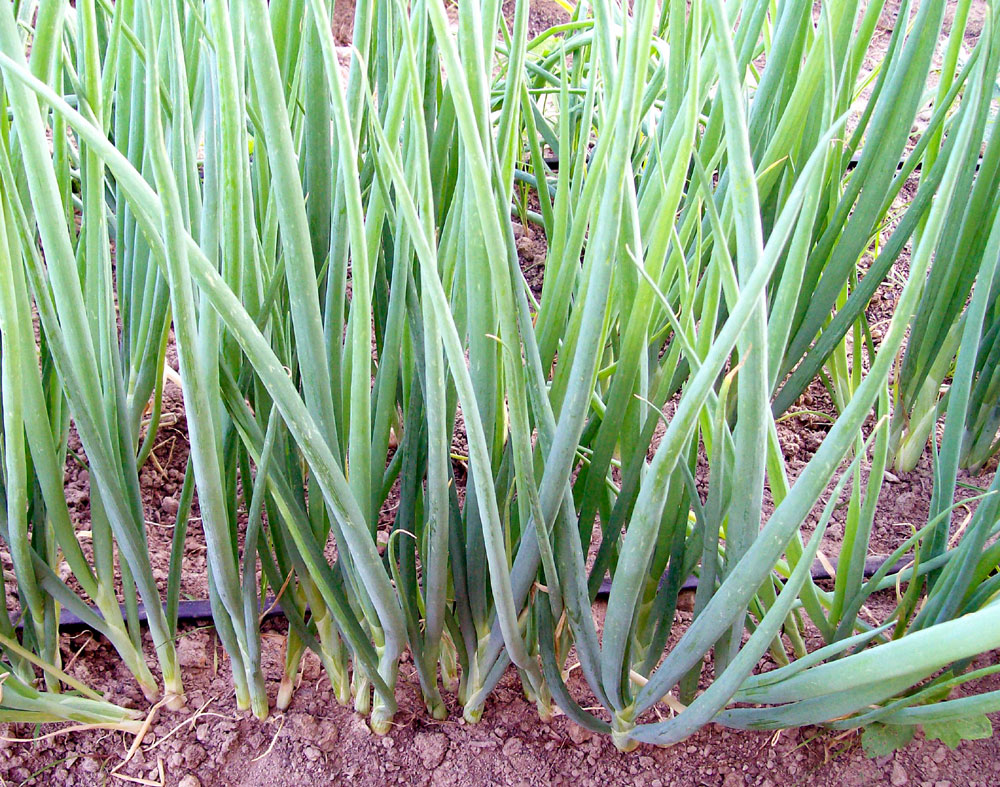
7. Bunching Onions
It is a perennial vegetable onion that grows in clusters. Bunching onions love moisture but do not tolerate soggy soil. These onions produce an eatable long leaf with small bulbs. Onion bulbs, which are commonly called sets, do not actually seed, they develop a single plant from each set, with many leaves. This plant is set in the spring after the last cold or eight weeks before the first cold because the size of the bulb becomes a larger cause the warm weather. Read more.
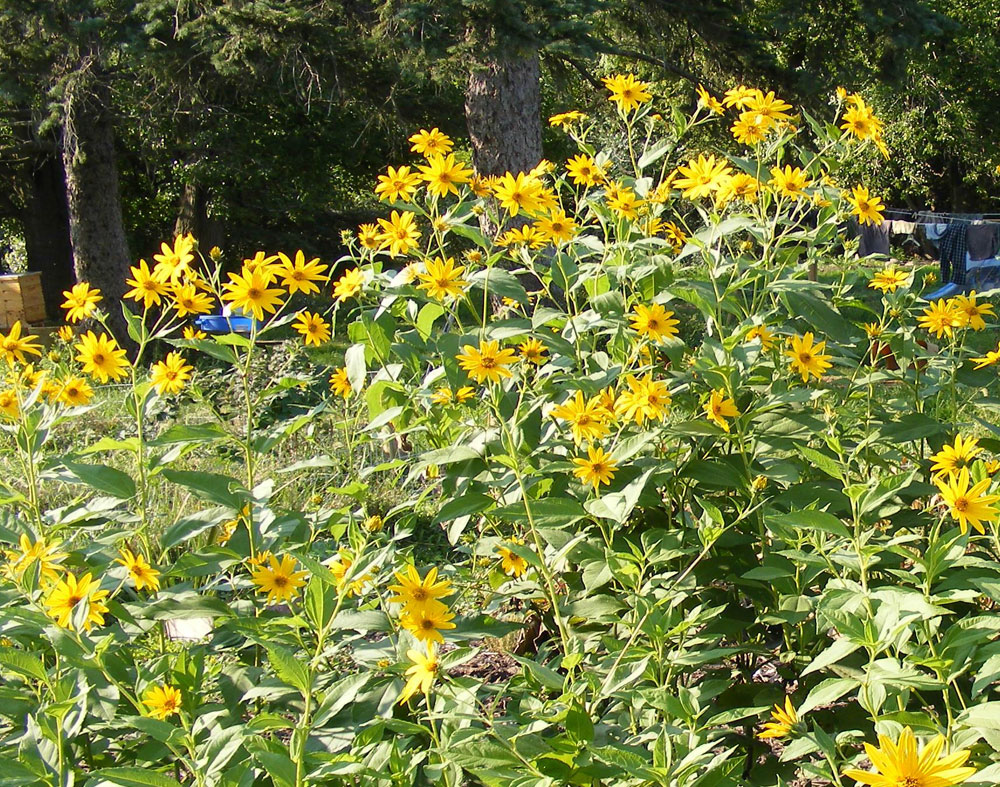
8. Sunchokes
The sunchokes are related to sunflowers. Sunchokes make crispy, sweet tubers in their roots that are used for food. This tuber is eaten raw and cooked in both ways. This is a perennial vegetable if you leave some of it in the soil in the season, then it grows again in the spring. Most perennial vegetables are hardy and can survive in cold temperatures. Their maintenance is much easier than an annuity.
Perennial vegetables grow as annuals
Some perennial crops can be grown as annual crops because they are easy to care for on that way. As the potatoes are technologically perennial, but we develop them annually, because it is rotated due to pests and diseases in North America. If we look at the other side, there are some plants which we sow annually, they can sow them as perennials like kale.
Read also: Growing winter vegetables at home. Know how to grow Pansy flowers. Growing Basil in containers. Sabudana Vada recipe easy recipe. Growing Black peppers in containers. Cantaloupe growing in containers. Celery growing in containers. Growing Oregano in containers. watermelon growing in containers. Onion growing at home. Best containers for your plants. Jack fruit growing and care tips. Succulent growing indoors. Jade plants growing tips.
For Pin:
